Apple’s recent launch of iOS 18.4 has stirred a tidal wave of anticipation across the tech community, particularly in the realm of smart home devices. This isn’t just another software update; it represents a significant evolution in how consumers will engage with robot vacuums. The introduction of the Matter protocol—a universal standard aiming to integrate diverse smart devices—holds the promise of streamlined interconnectivity that many have desired for years. As the lines between disparate ecosystems blur, consumers will benefit from a host of new capabilities, redefining and revolutionizing cleaning technology.
For years, the smart home space has been a fragmented marketplace where devices from different manufacturers often struggled to interact seamlessly. Now, thanks to iOS 18.4 and its clear commitment to integrating Matter, we are on the verge of overcoming these barriers. With major brands like Roborock, iRobot, and Ecovacs prepared to update their firmware in accordance with this new protocol, the days of disjointed functionalities are fading.
Integrating Convenience Through Apple’s Ecosystem
A standout feature of this update is the enhanced compatibility within Apple’s Home app. This innovation allows users to not just control their robotic vacuums, but to incorporate them into a broader ecosystem of automated routines. Imagine orchestrating your home environment from one central hub—the convenience is nothing short of revolutionary. Users can now easily program specific commands through their iPhones, iPads, or even utilize Siri to trigger cleaning sessions. This shift empowers consumers to manage their devices more intuitively, allowing them to dictate cleaning patterns and commands with unprecedented ease.
Take Roborock’s S8 MaxV Ultra and Saros series, for example. Following the recent updates, these models will not only respond to basic commands but will also enjoy improved compatibility with other smart home platforms, including Google Home and Amazon Alexa. Such interoperability significantly enhances user experience and cements the idea that smart cleaning is increasingly falling in line with the holistic smart home vision.
Setting a New Standard for User Experience
The advent of Matter compliance is not merely a bump in technological advancement but a strategic pivot toward enhancing user satisfaction. Historically, consumers have had to grapple with various proprietary applications designed specifically for each device, often leading to confusion and frustration. However, manufacturers like iRobot are beginning to grasp the necessity of user-friendly integration. The anticipated compatibility of the Roomba Combo 10 Max with Matter perfectly encapsulates this shift—it promises a smoother, more cohesive interaction for managing household cleaning tasks.
With such integrations becoming commonplace, there’s a palpable optimism for how users will experience their technology. The tech community has long criticized robotic vacuums for being more of a novelty than a utility. But as ease-of-use becomes a priority, even the general population can envisage robotic cleaning as an efficient, nearly effortless solution to household chores.
The Double-Edged Sword of Matter’s Limitations
While it’s easy to get swept away by the hype, we must remain cognizant of the limitations that accompany the Matter protocol. It excels at fostering basic functionalities, primarily power control and mode switching; however, it does not extend its capabilities to more advanced features such as mapping or zone configuration. This inevitably compels users to revert to brand-specific applications to explore the complete functionalities of their devices.
Herein resides the paradox: while ease of access is indeed a significant win, it could also frustrate users who may find themselves juggling multiple apps just to make full use of their advanced cleaning technologies. The seamless interactions touted by Matter risks being undermined by such disjointed experiences.
The Future of Smart Cleaning: A Competitive Landscape
As we look to the future, the inclusion of Matter in iOS 18.4 is set to spur an innovative renaissance in smart cleaning technologies. The anticipated competition that will ensue among device manufacturers is likely to stimulate not just productivity but also ingenuity. As competitors strive to differentiate their offerings, consumers can expect a cornucopia of selections, leading to elevated standards of excellence in the smart cleaning category.
The landscape is moving towards a user-centric design ethos, one that favors interconnectedness and simplification over fragmentation. For consumers, this shift represents a monumental evolution—one where cleaning can become not just manageable but smart. Embracing this unified approach could catalyze an era where our homes morph into exceptionally intelligent environments, capable of meeting our needs even before we articulate them. The essence of smart cleaning is evolving, and with it, so is our relationship with technology in our homes.
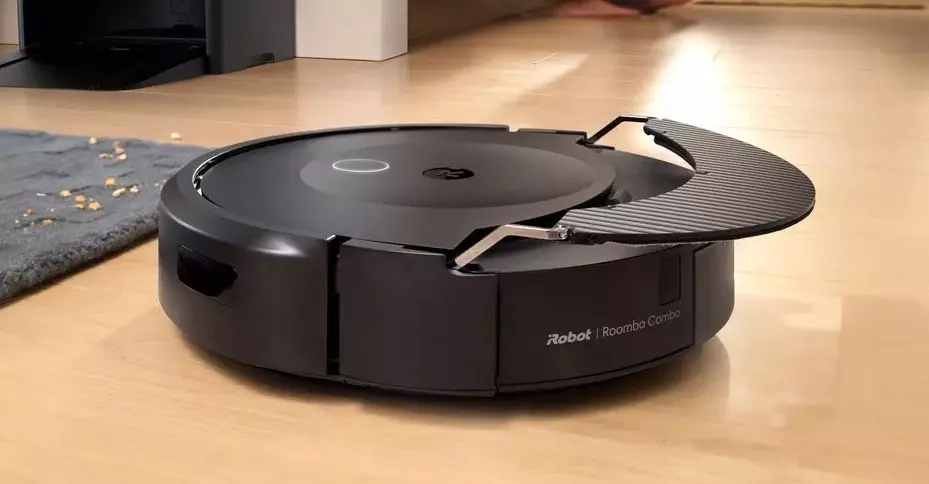
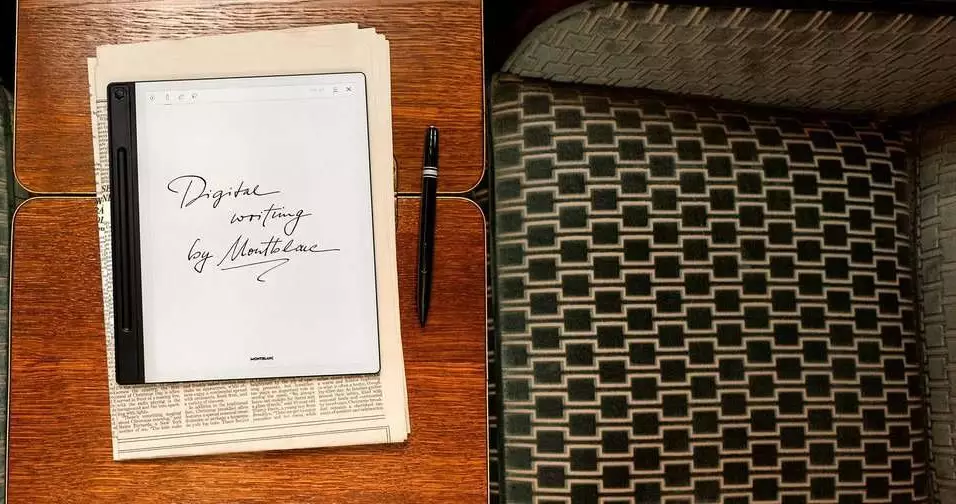

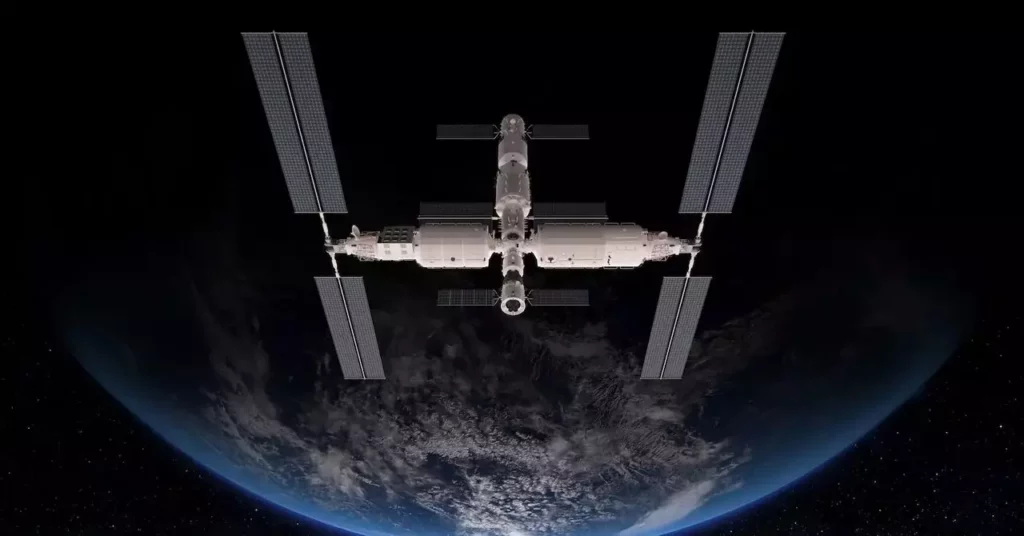

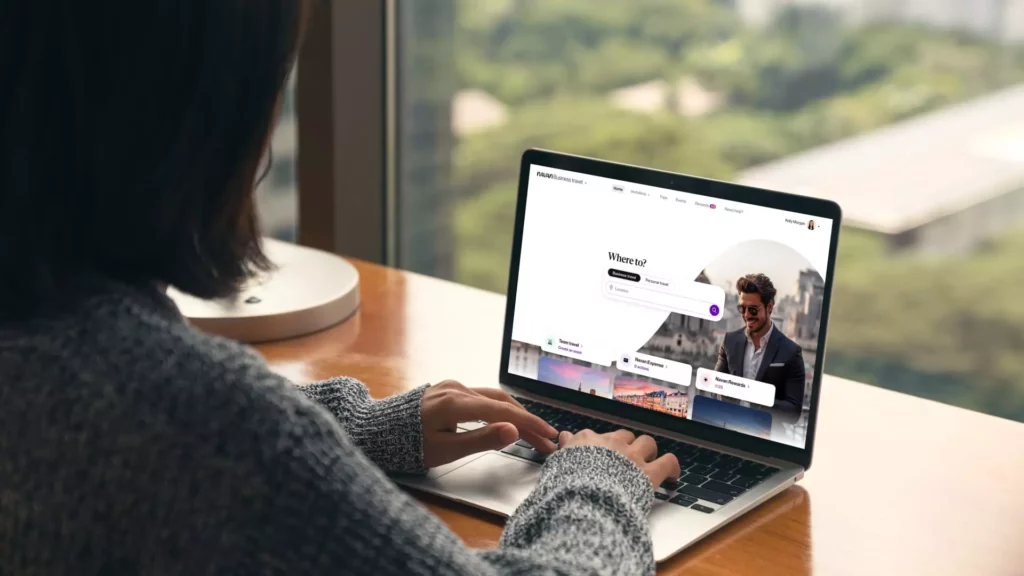
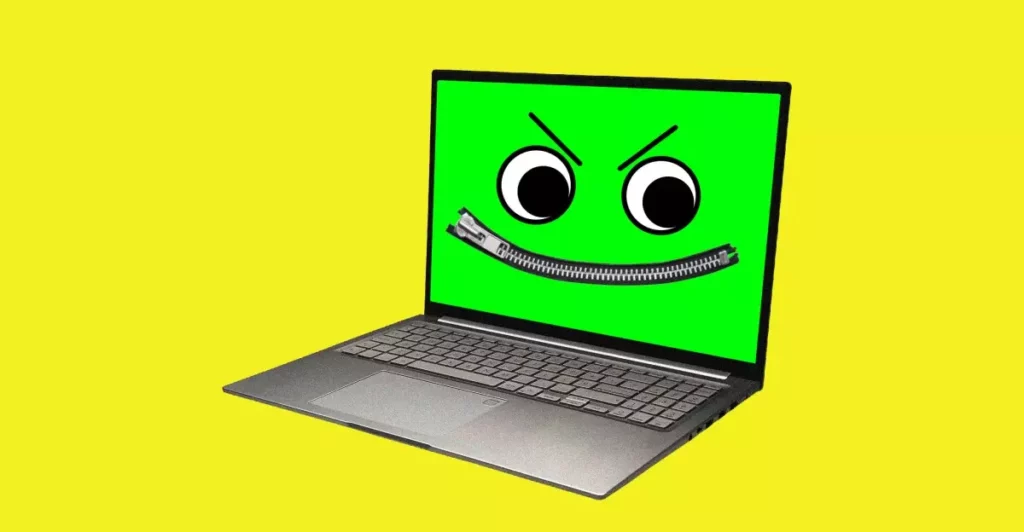

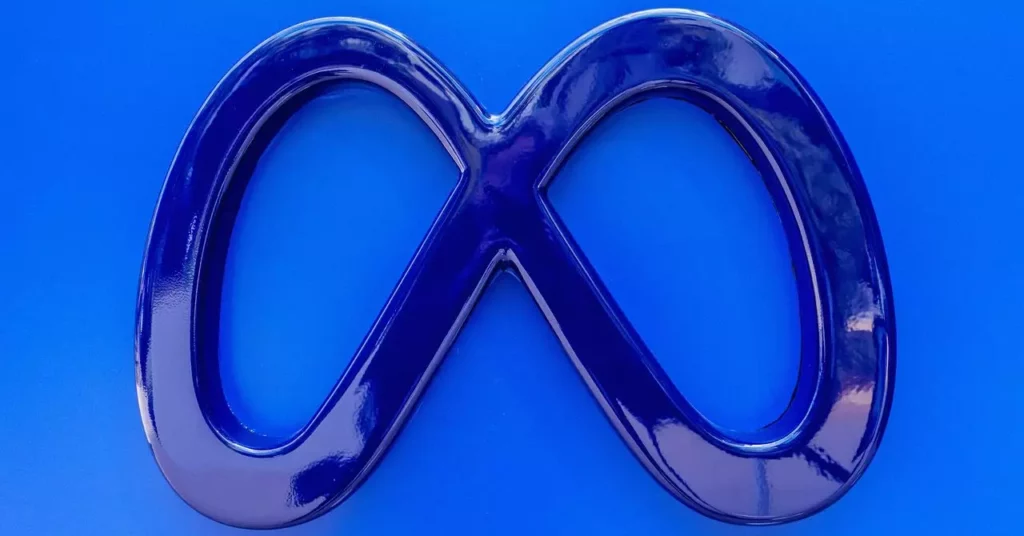
Leave a Reply